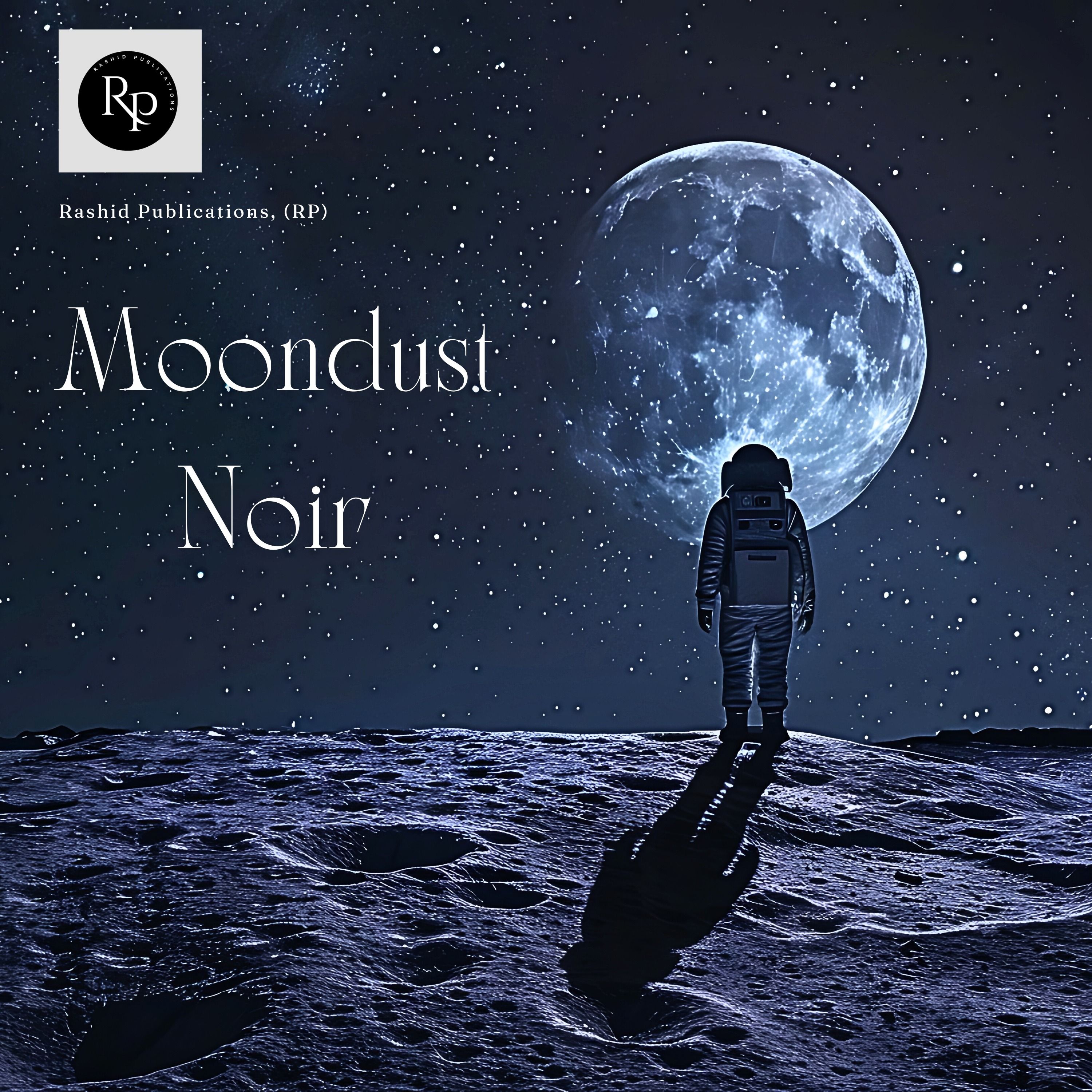Listen "The Moon’s Fiery Days and Icy Nights: A Journey Through Extremes"
Episode Synopsis
The Moon’s Fiery Days and Icy Nights: A Journey Through ExtremesIn this episode of Moondust Noir, titled "The Moon’s Fiery Days and Icy Nights: A Journey Through Extremes," we venture into the breathtakingly harsh environment of our celestial neighbor. The moon’s lack of atmosphere leaves it exposed to the unforgiving vacuum of space, where temperatures soar to blistering highs of 127°C (260°F) during the day and plunge to a freezing -173°C (-280°F) at night.Join Dr. Susan Rashid as we uncover the science behind these extraordinary extremes and the critical role of lunar regolith, the moon’s dusty surface layer. Explore how these conditions challenge astronauts, rovers, and engineers in their quest to explore and one day inhabit this alien world. From ancient water ice preserved in cold traps to innovative technologies designed to withstand the moon’s fiery days and icy nights, this episode highlights the remarkable ingenuity driving humanity’s cosmic endeavors.Dive into the mysteries and marvels of lunar exploration in this elegant, scholarly, and engaging episode—a celebration of human resilience and the wonders of space science.Background Photo Title: Journey to the Unknown: Astronaut Walking on Moon Beneath Twinkling Starry SkyImage In Courtesy Of Adobe Stock; Artist: By Thavesak; Generated with AIBackground Music: Title: OminousArtists: Philip Ayers Composers: Philip AyersAudio source: Epidemic SoundAdobe Stock Asset ID: #331429532The Moon’s Fiery Days and Icy Nights: A Journey Through ExtremesBoiling Water Sound - Sound Effect by freesound_community from PixabayIce/Winter/Snow - Walking On Ice - IV - Sound Effect by Gregor Quendel from PixabayMotivation Strings - Music by Universfield from Pixabay Hopeful Moment - Music by Novifi from PixabayNastelBom - Music by Dmitrii Spis from PixabayMystery Atmosphere - Music by Universfield from PixabayReferencesHeiken, G., Vaniman, D., & French, B. (1991). Lunar Sourcebook: A User's Guide to the Moon. Cambridge University Press.David Mimoun, Mark Wieczorek, Leon Alkalai, W. Bruce Banerdt, David Baratoux, et al.. Farside explorer: unique science from a mission to the farside of the moon. Experimental Astronomy, 2012, 33 (2), pp.529-585. 10.1007/s10686-011-9252-3. NASA. (2022). "Unique Science from the Moon in the Artemis Era." Retrieved from NASA.gov.NASA. (2025). "Weather on the Moon." Retrieved from Weather on the Moon - NASA Science. "The Moon". Discovery 2008. BBC World Service. Archived from the original on March 11, 2011. Retrieved January 5, 2025.Leone, Giovanni et al. “Sverdrup-Henson crater: A candidate location for the first lunar South Pole settlement.” iScience vol. 26,10 107853. 9 Sep. 2023, doi:10.1016/j.isci.2023.107853. Liu, Bo, et al. "Research progress on the adaptability of lunar regolith simulant-based composites and lunar base construction methods." International Journal of Mining Science and Technology (2024).Glaeser, Georg. "The Temperature on the Moon". Moonstruck: The Interplay of Celestial Bodies in Pictures, Berlin, Boston: De Gruyter, 2021, pp. 42-43. https://doi.org/10.1515/9783110763539-017.
 ZARZA We are Zarza, the prestigious firm behind major projects in information technology.
ZARZA We are Zarza, the prestigious firm behind major projects in information technology.
